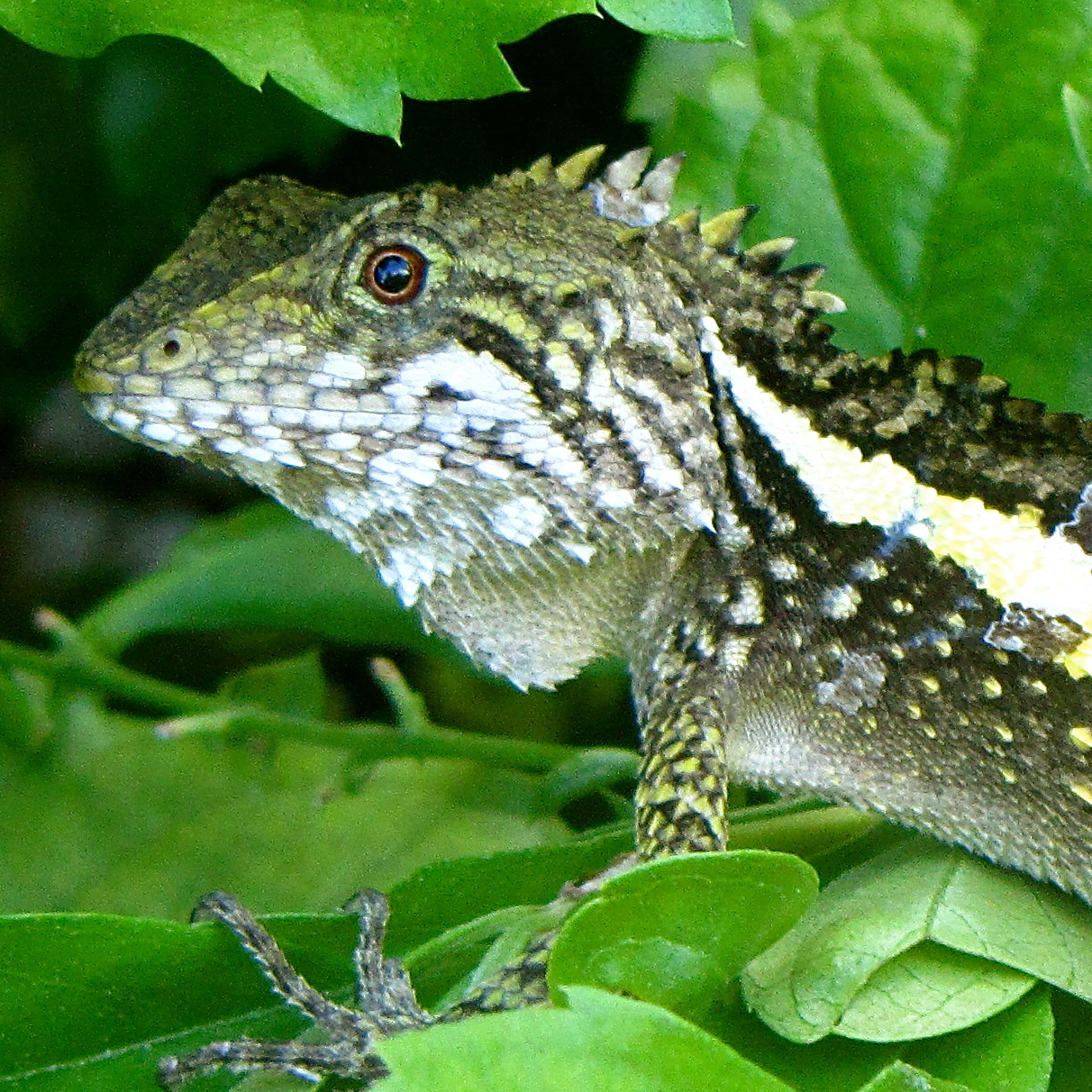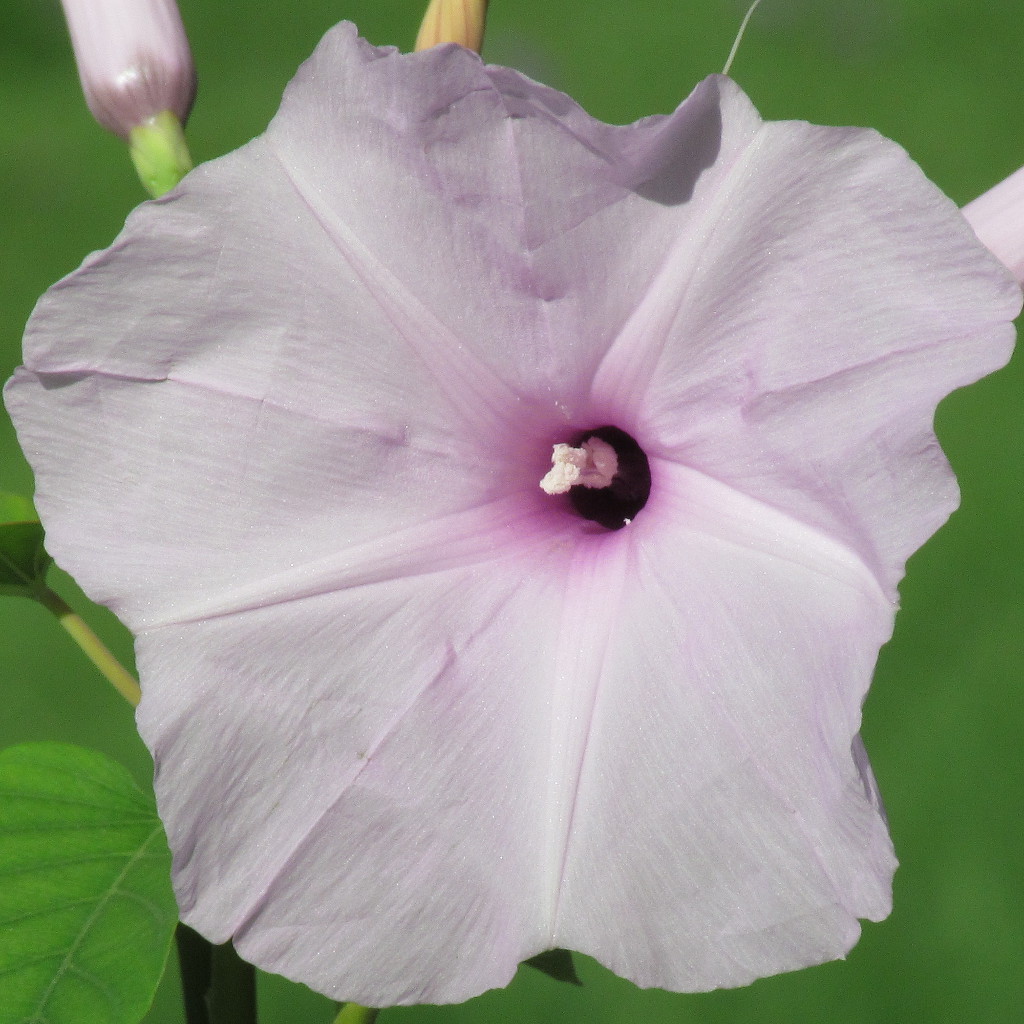Swinhoe’s Japalura

It is always a pleasure to learn that a species of animal frequenting your backyard is a unique one, not found anywhere else in the world. Swinhoe’s japalura (Japalura swinhonis)

It is always a pleasure to learn that a species of animal frequenting your backyard is a unique one, not found anywhere else in the world. Swinhoe’s japalura (Japalura swinhonis)

Some people have asked me what method I use for identifying plants. Well, in the good old days one would turn to a botanical key, but nowadays I find it

We came across this lovely scene last weekend near the town of Chishang (池上) in Taitung County, southern Taiwan. Much of the small lake, which goes under the name of

A rather ordinary plant, the night-blooming jessamine (Cestrum nocturnum) is widely cultivated in southern Taiwan. I always wondered what makes it so popular until I saw it (and especially smelt
Once upon a time breadfruit (Artocarpus altilis) was the staple diet of many island nations in Polynesia and other parts of the vast South Pacific region. There was even a
If you had to pick a tree that best represented the tropics, which one would it be? While there are a number of candidates for the likely symbol of the
The exciting and ultimately heartbreaking events of the past three weeks (the laying of eggs, their successful hatching, and the tragic deaths of the four bulbul chicks, not even a
The bulbul nest is now empty. It was a sad end of a rather exciting week which provided us with a rare opportunity to witness the arrival of new life
Bad news – two of the baby bulbuls were lost yesterday afternoon. I don’t know if this was a case of the mother abandoning the two weakest individuals (I believe

I was finally able to take a few decent shots of the bulbul couple (Pycnonotus taivanus) that set up residence in low bushes right at the entrance of our house.